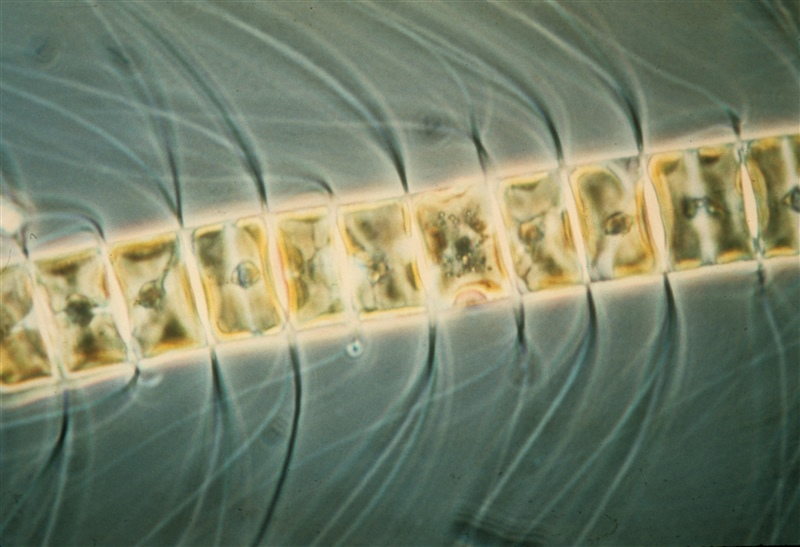NOAA researchers published a study in Nature Scientific Reports documenting primary production as the limiting factor on fisheries economic performance. Fisheries economic performance includes fisheries revenue and employment. Primary production is the growth of aquatic plants or organisms that conduct photosynthesis. These organisms serve as the base of the food web for most marine life.
“While we’ve known that primary productivity ultimately limits how much catch can be sustainably harvested, this is the first time that the relationship has been extended to economic performance. Until now, no one has directly shown the relationship between basal ecosystem (or primary) productivity and regional fisheries economies," said Dr. Tony Marshak, lead author on the paper and a researcher with CSS, Inc. in support of NOAA’s National Centers for Coastal Ocean Science. This economic dependence on productivity was found to be true for all eight main U.S. marine ecosystems and for nearly all 64 major international ecosystems.
The study takes a step-wise logical sequence to document that primary production sets the foundation for total ecosystem biomass or marine life, which in turn sets limits on total landings, revenue, and living marine resource-based employment in a given fisheries ecosystem.
The direct link of primary production and fisheries economic performance supports the need for continued implementation of ecosystem-based fisheries management and developing a greater understanding of ecosystem overfishing along with its economic consequences.
Implications for Fishing Related Revenue and Jobs
Fisheries revenue and jobs are important contributors to the U.S. and global economy. U.S. marine fisheries are currently valued at $210 billion and contribute on average roughly 2.5 percent of the U.S. ocean gross domestic product. Understanding what drives this revenue and generates these jobs is important for maintaining U.S. marine fisheries economies.
“We found that primary productivity ultimately sets the foundation for total fisheries revenue and employment in a given region. Systems with higher fisheries revenue and jobs usually have greater inherent primary production,” says Marshak.
“Their findings were surprising in that one would have expected, due to the mix of high and low value species within the ecosystem, that at least some large ecosystems would have had higher fisheries economic performance values even though productivity was lower. The fact that this was not the case demonstrates the strong role that productivity plays,” said Dr. Doug Lipton, NOAA Fisheries Senior Scientist for Economics.
Implications for Ecosystem-Based Fisheries Management
The results of this study illustrate the need to account for primary production’s limitation on fisheries economic performance.
“As oceans continue to change, shifts in primary production will also affect the future sustainability of marine fisheries economies. Better understanding of this relationship helps us to advance ecosystem-based approaches. These approaches consider natural and human-related factors together. The implications of our work for future ecosystem approaches to fisheries management, jobs, and revenue merit more detailed consideration,” said Marshak.
Monitoring primary production and its impacts on regional ocean economies is vital for understanding how the ocean is responding to shifts in production due to climate change, fishing pressure, and other stressors.
Understanding this interconnectivity will allow us to identify and respond to changes in ecosystem conditions and living marine resource economics more quickly and effectively. The patterns noted in the study by Marshak and Dr. Jason Link, NOAA Fisheries Senior Scientist for Ecosystem Management, are globally applicable. Their findings reinforce the importance of identifying production-based ecosystem thresholds and developing ecosystem-level reference points for sustainable fisheries.




